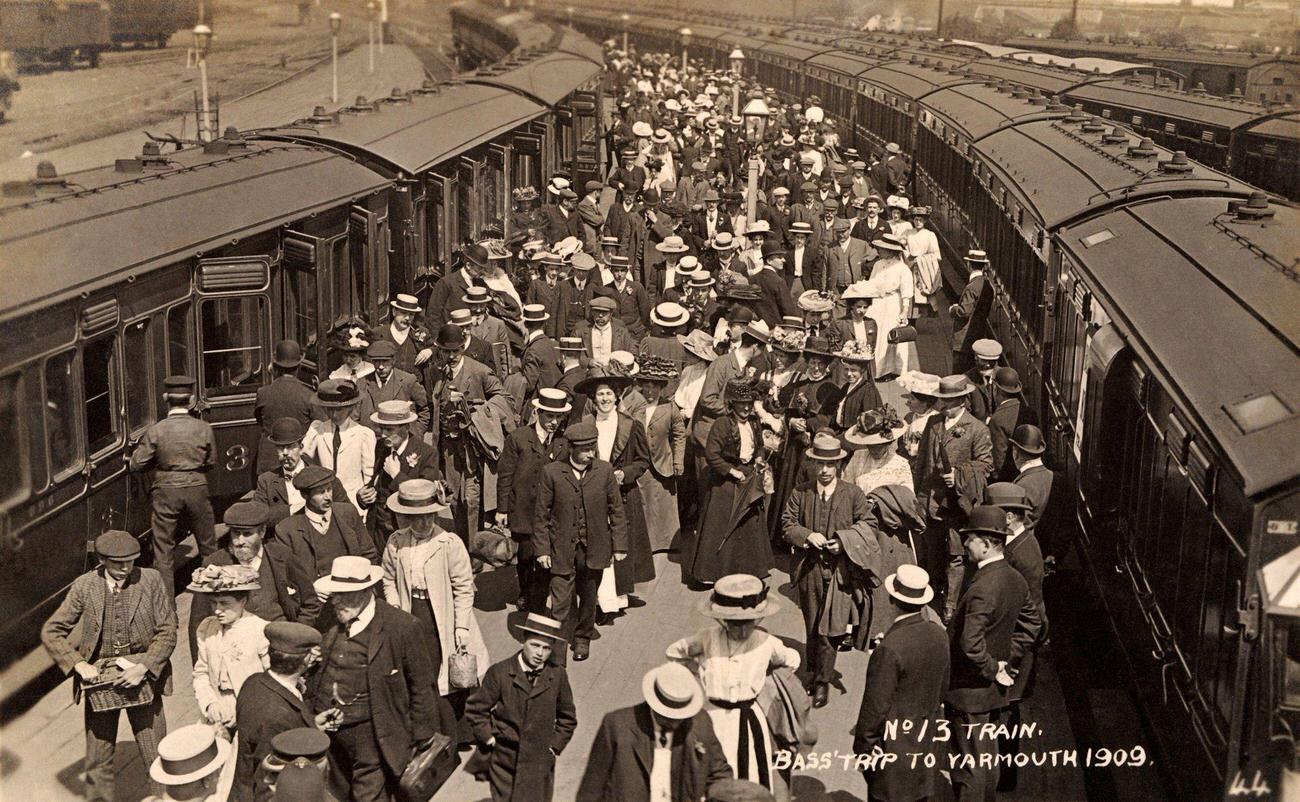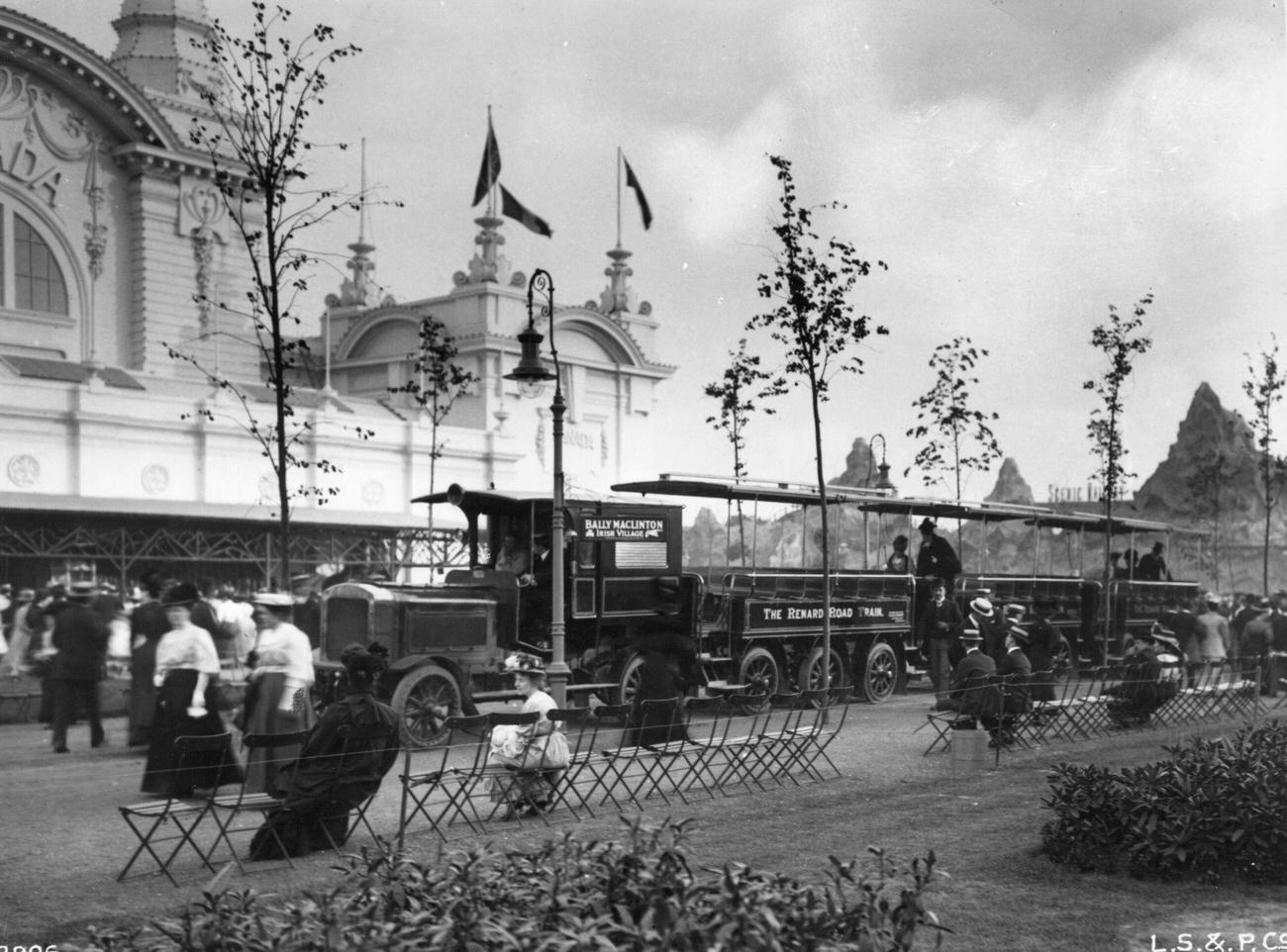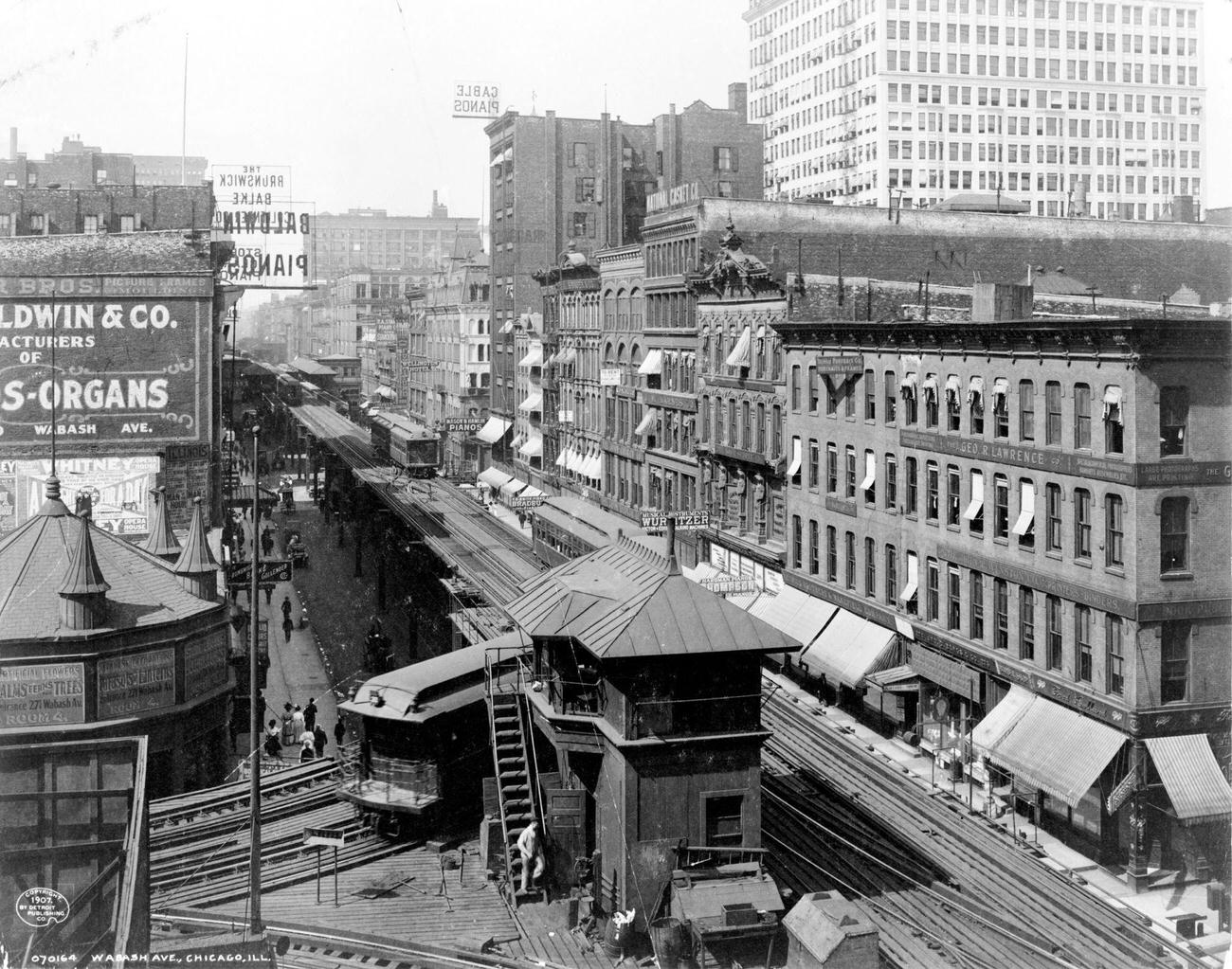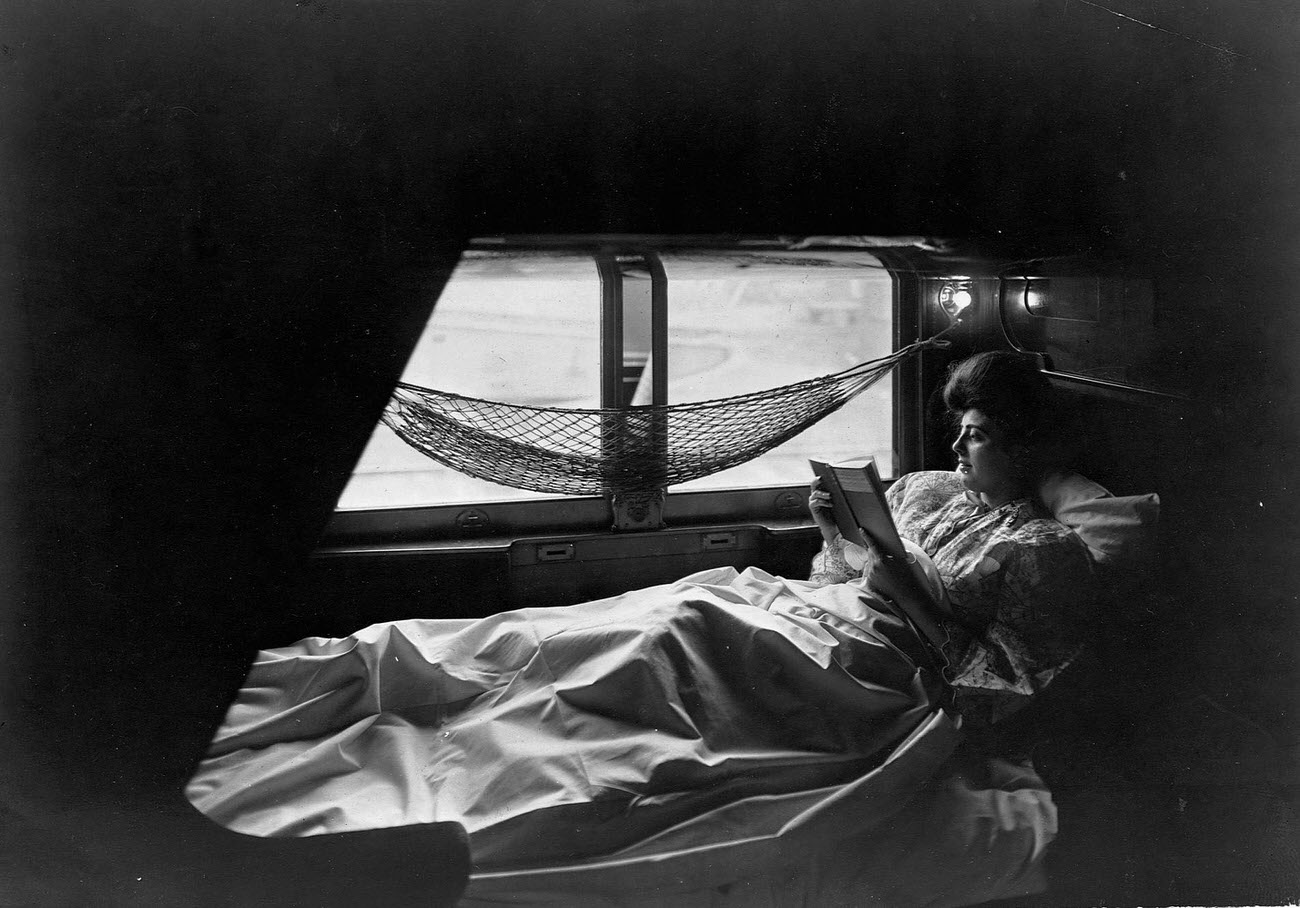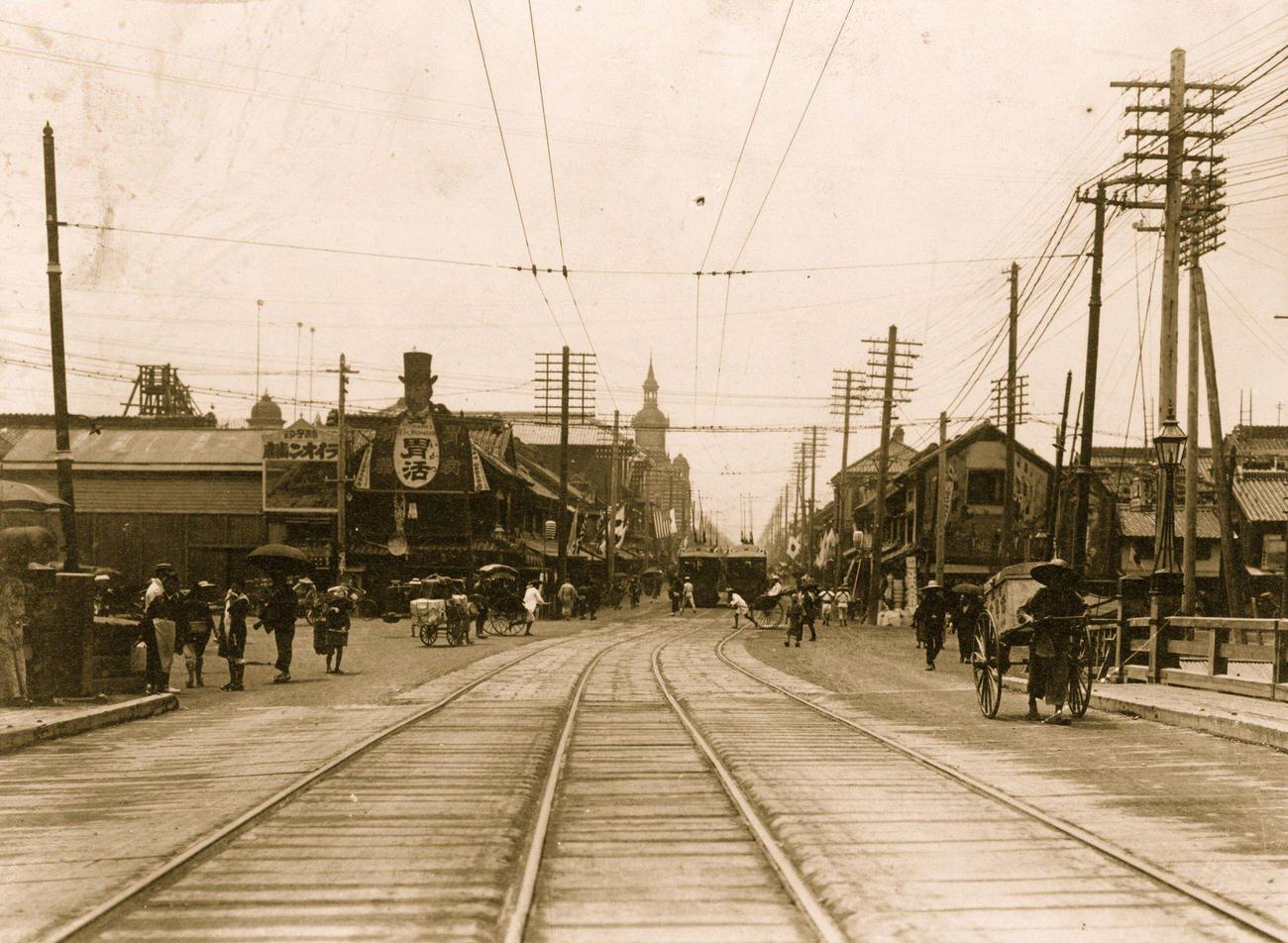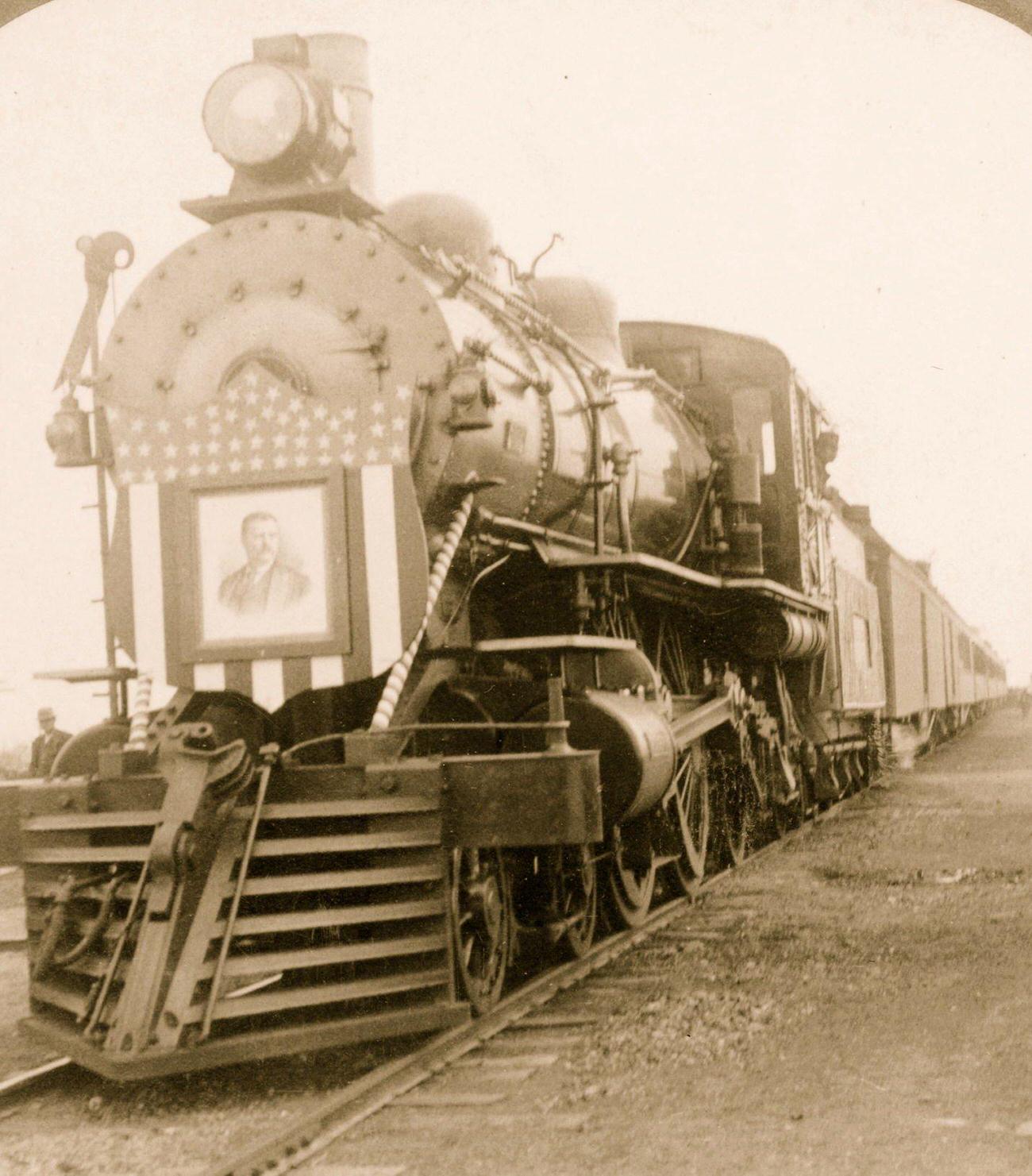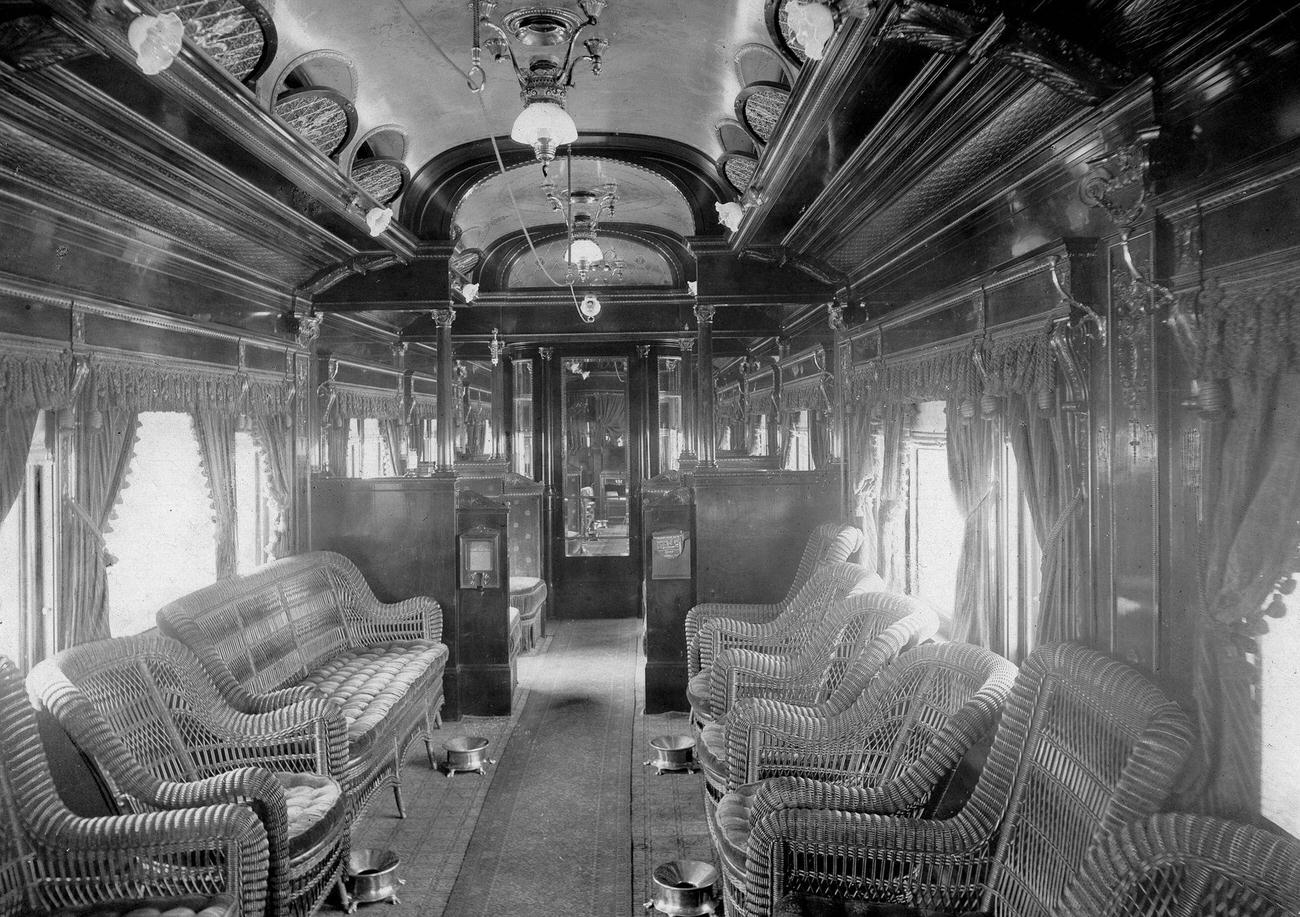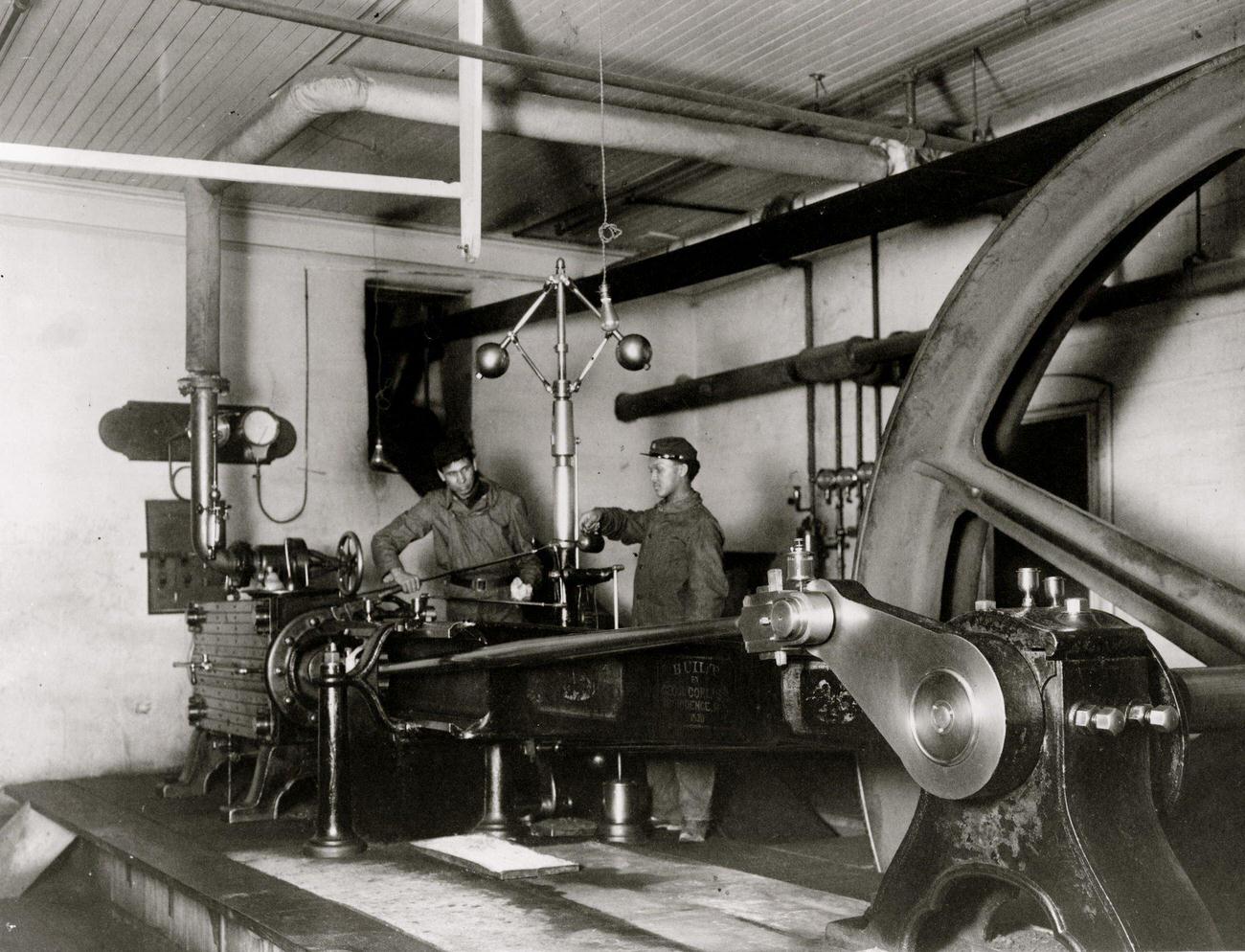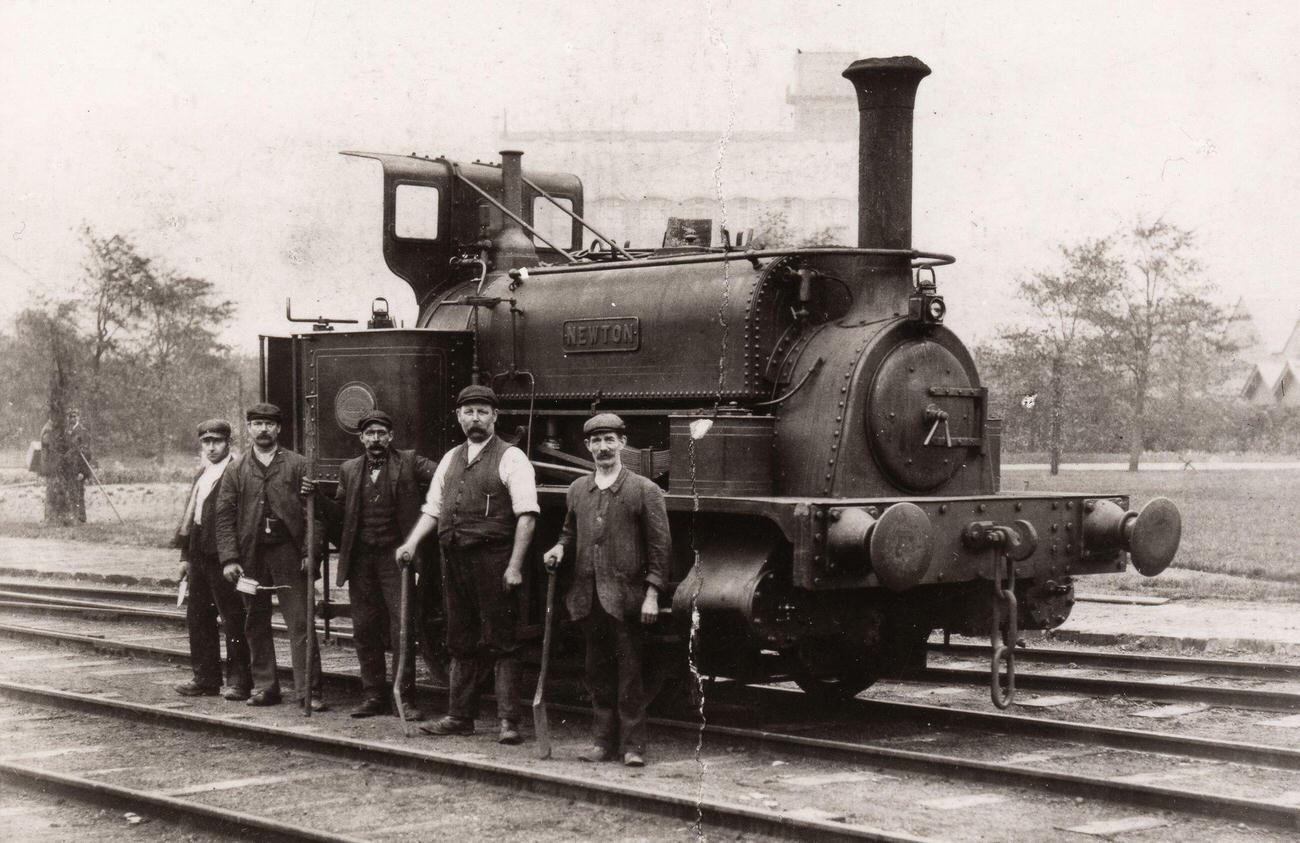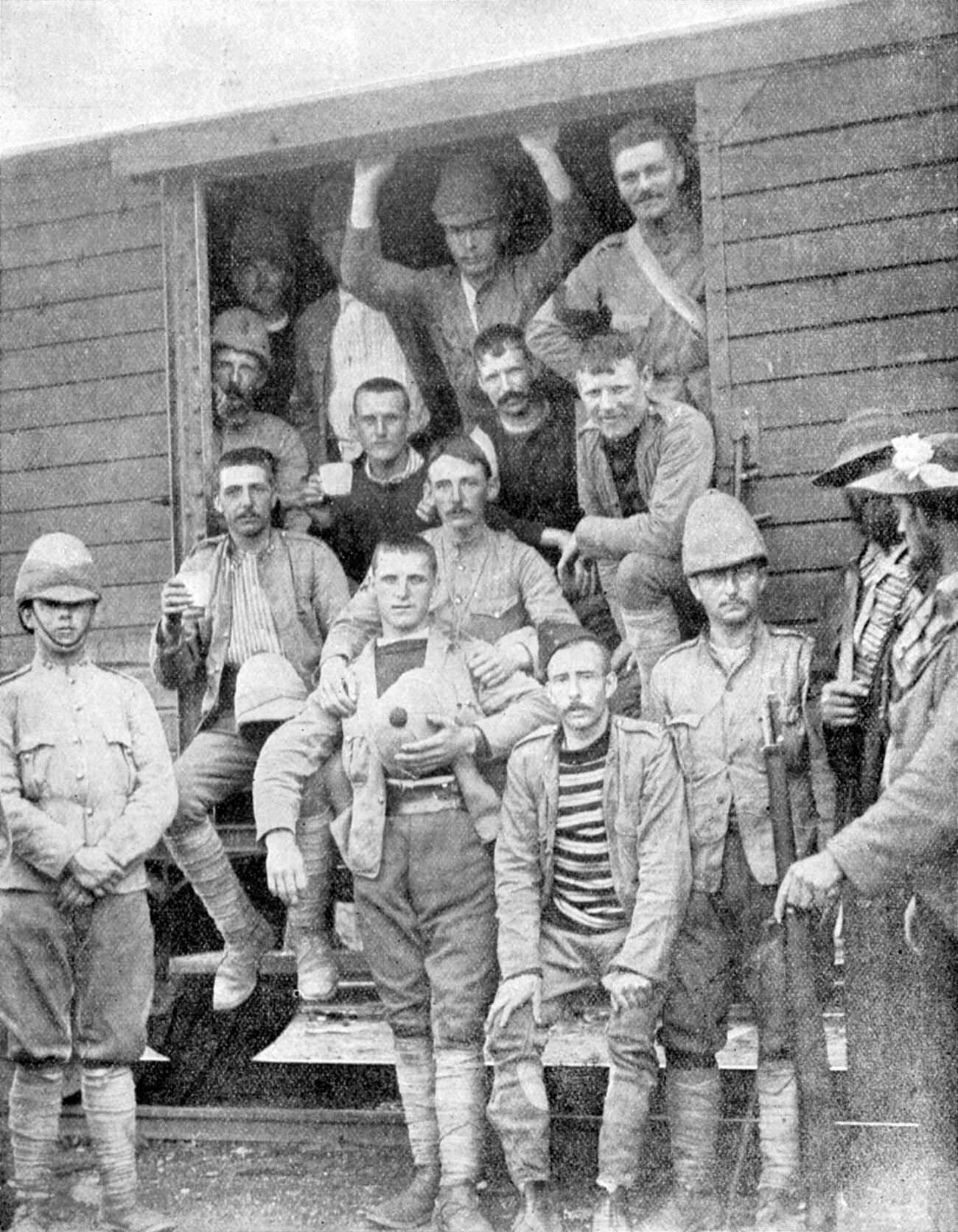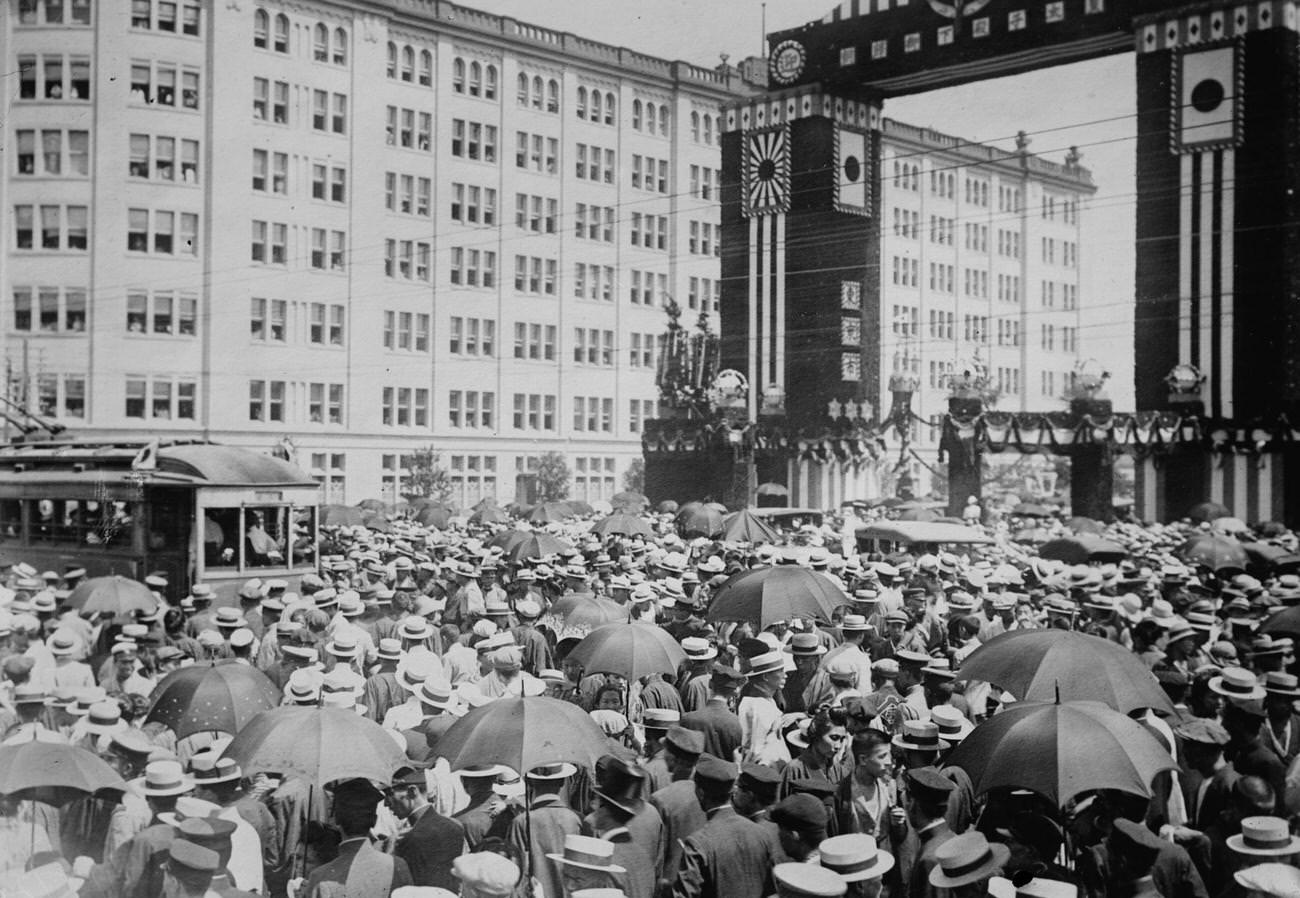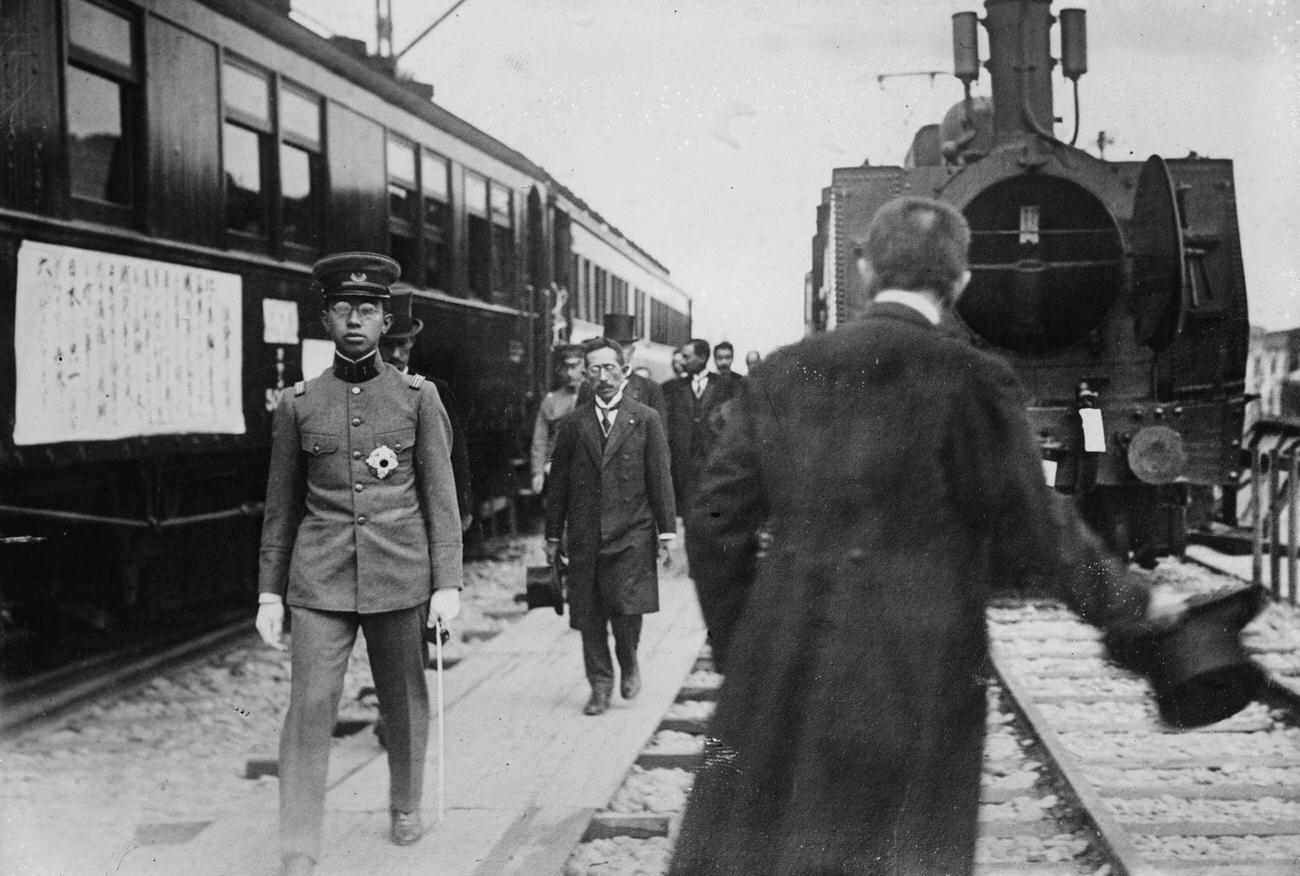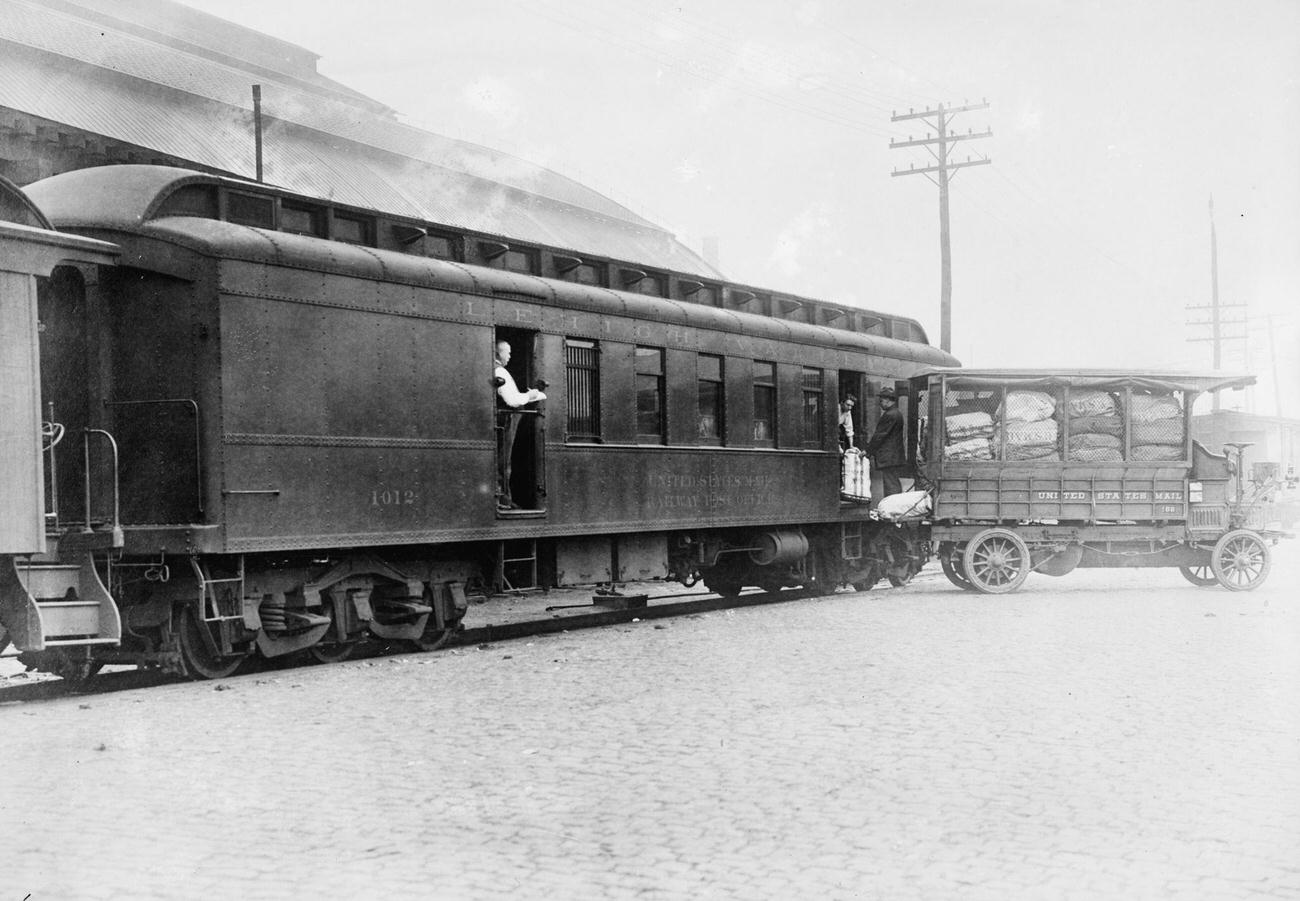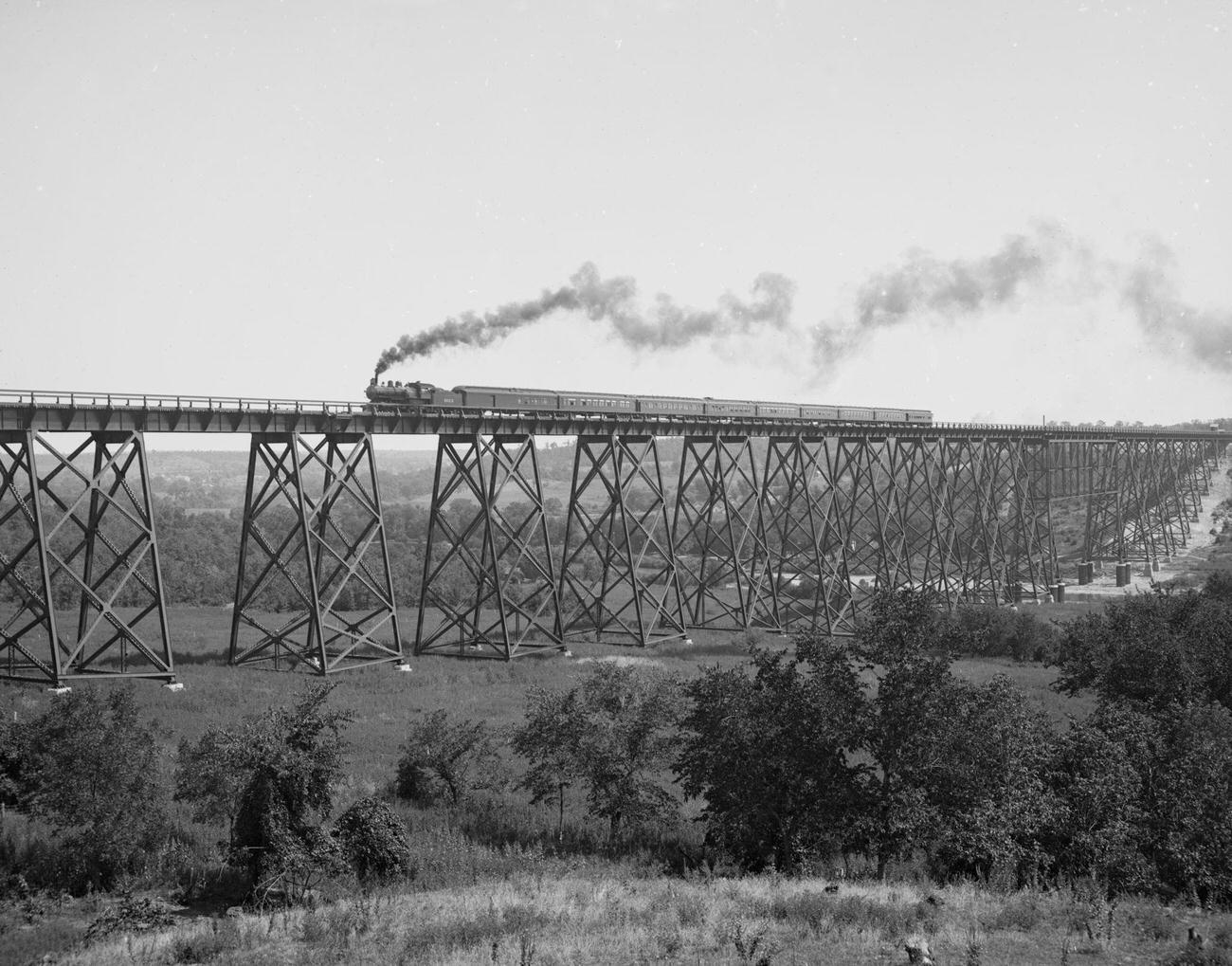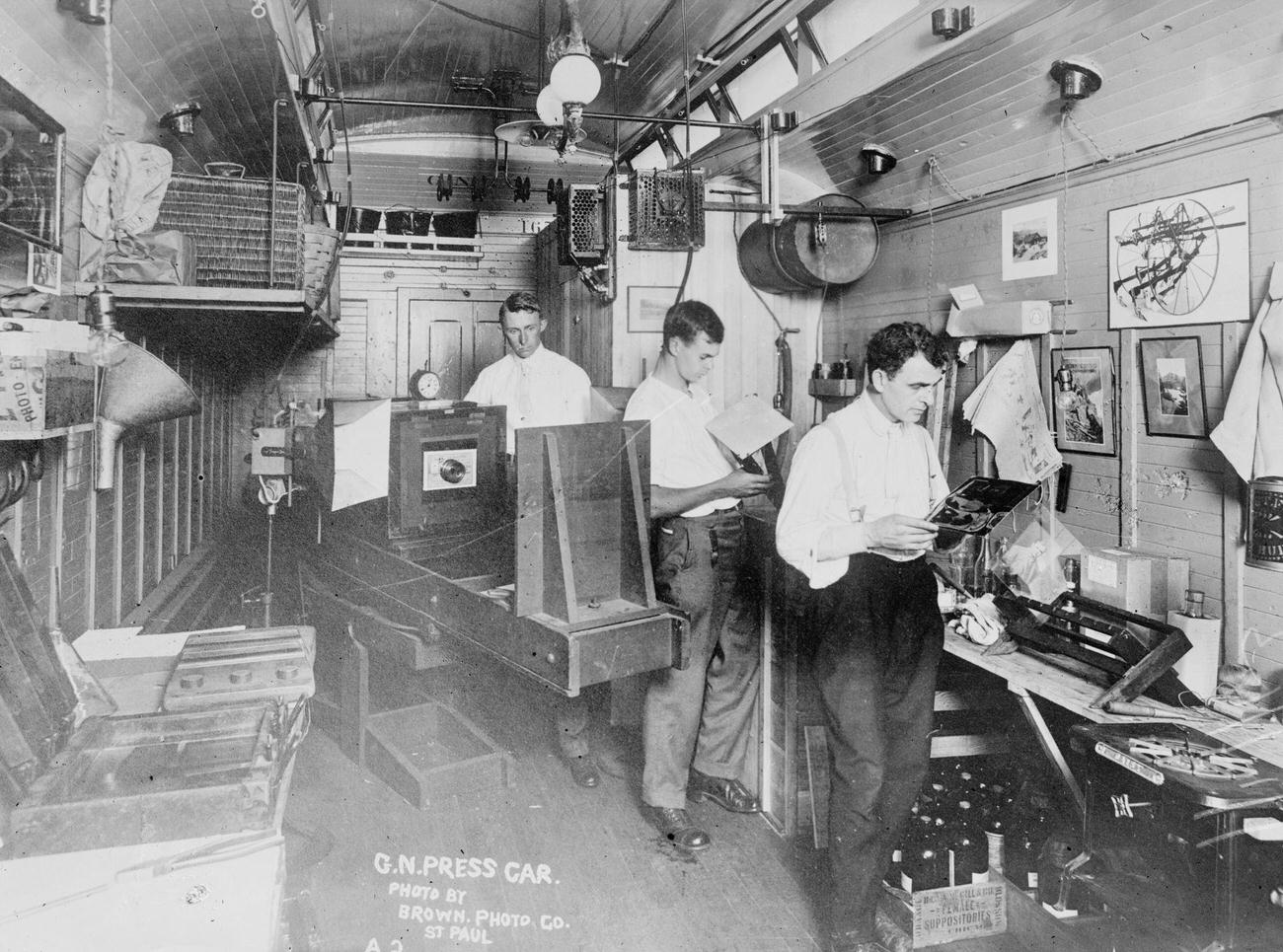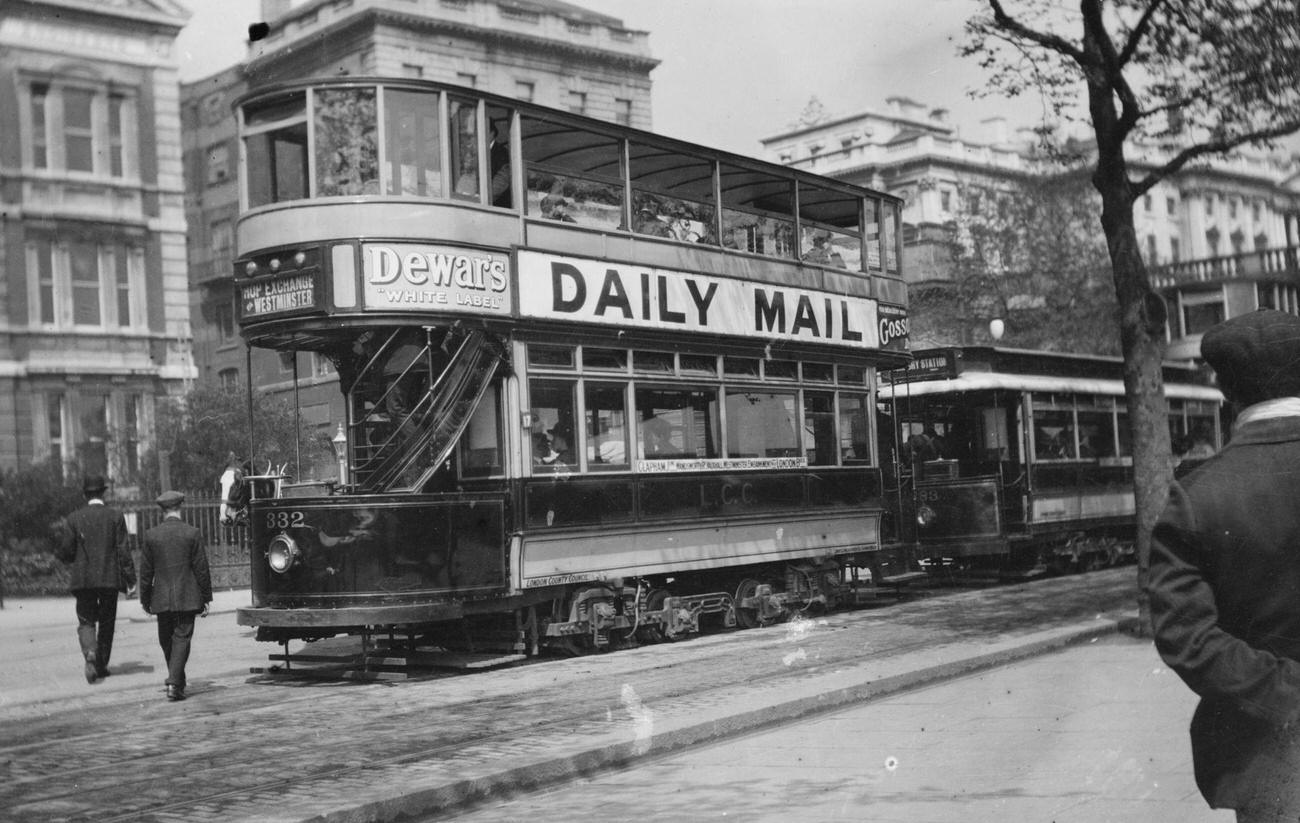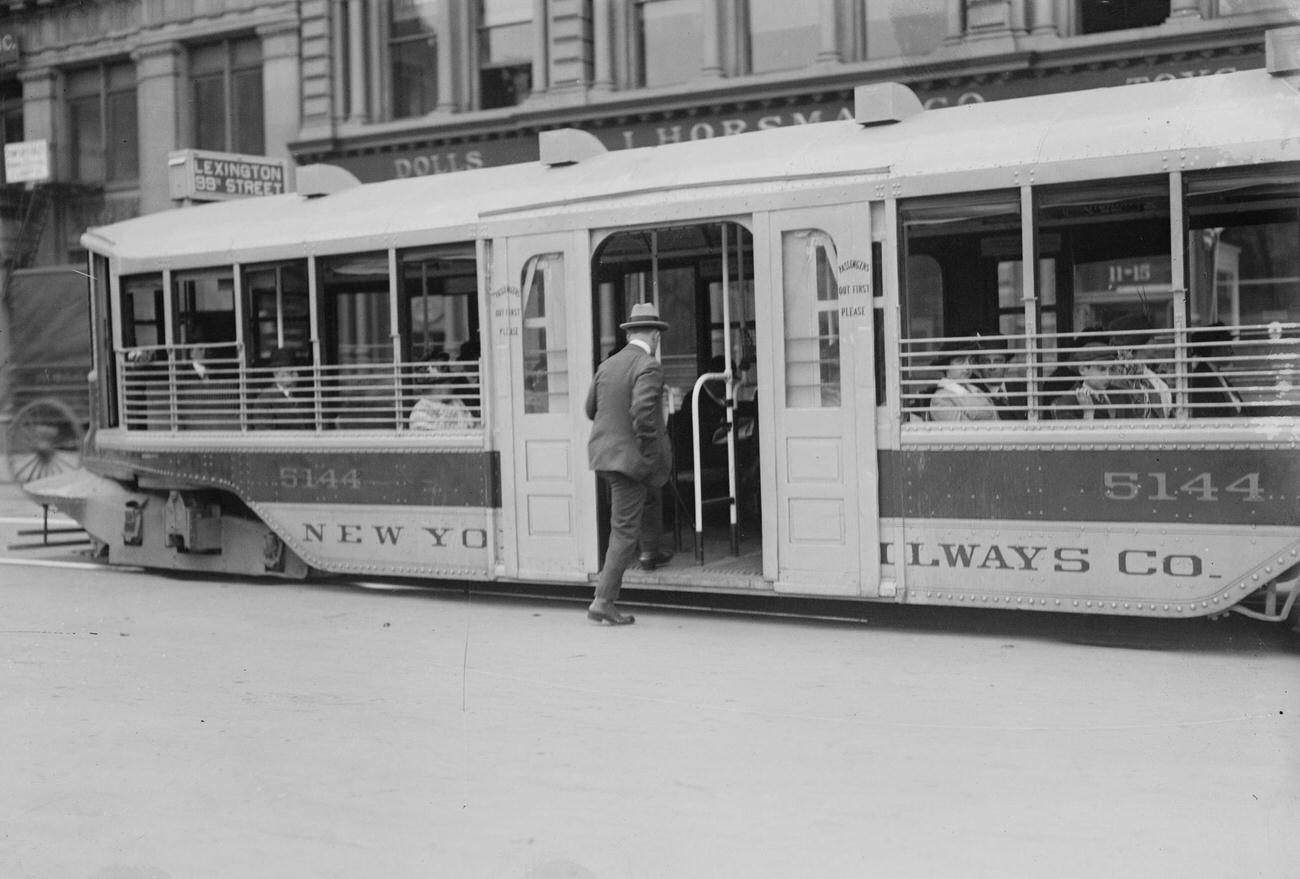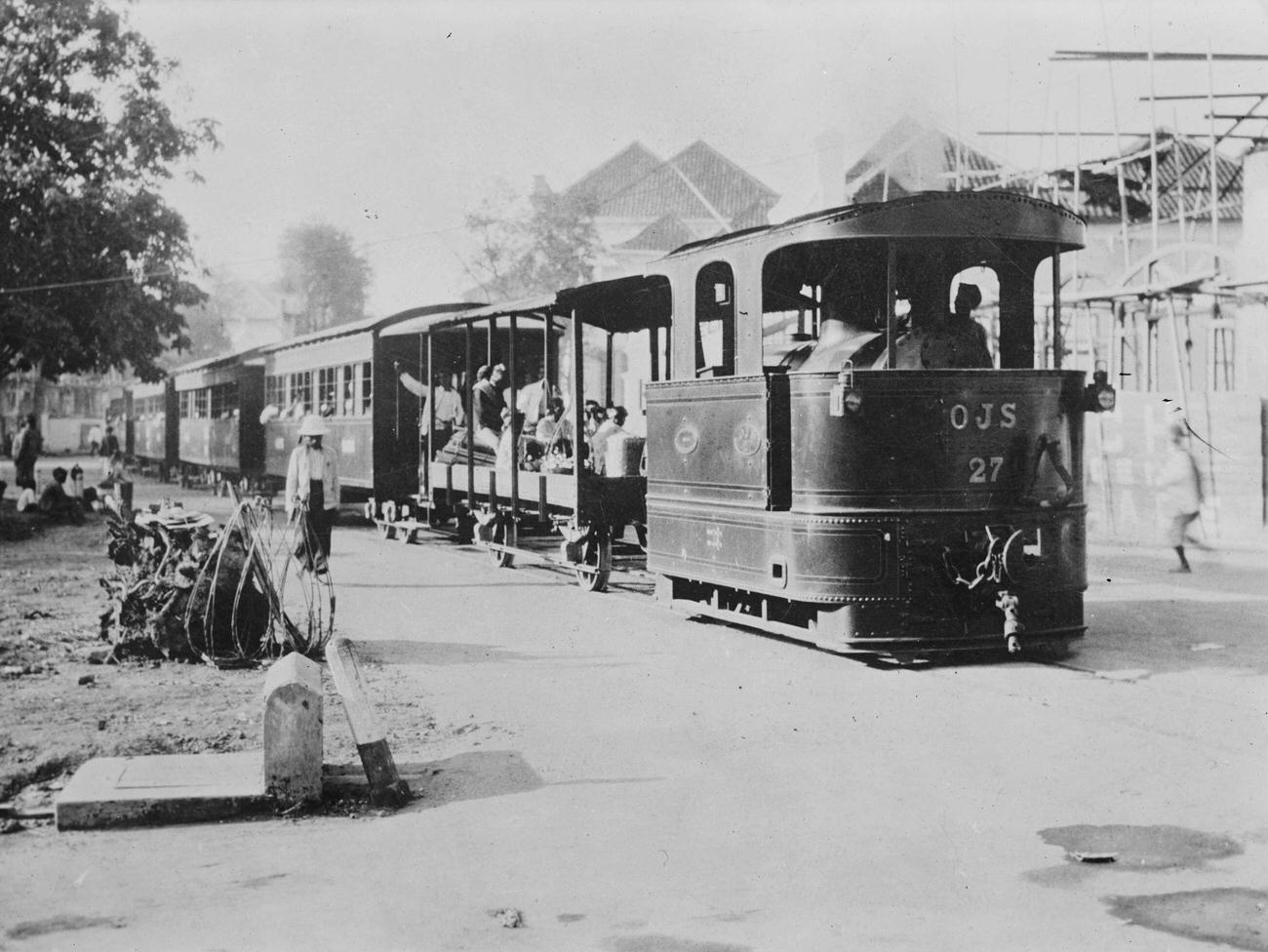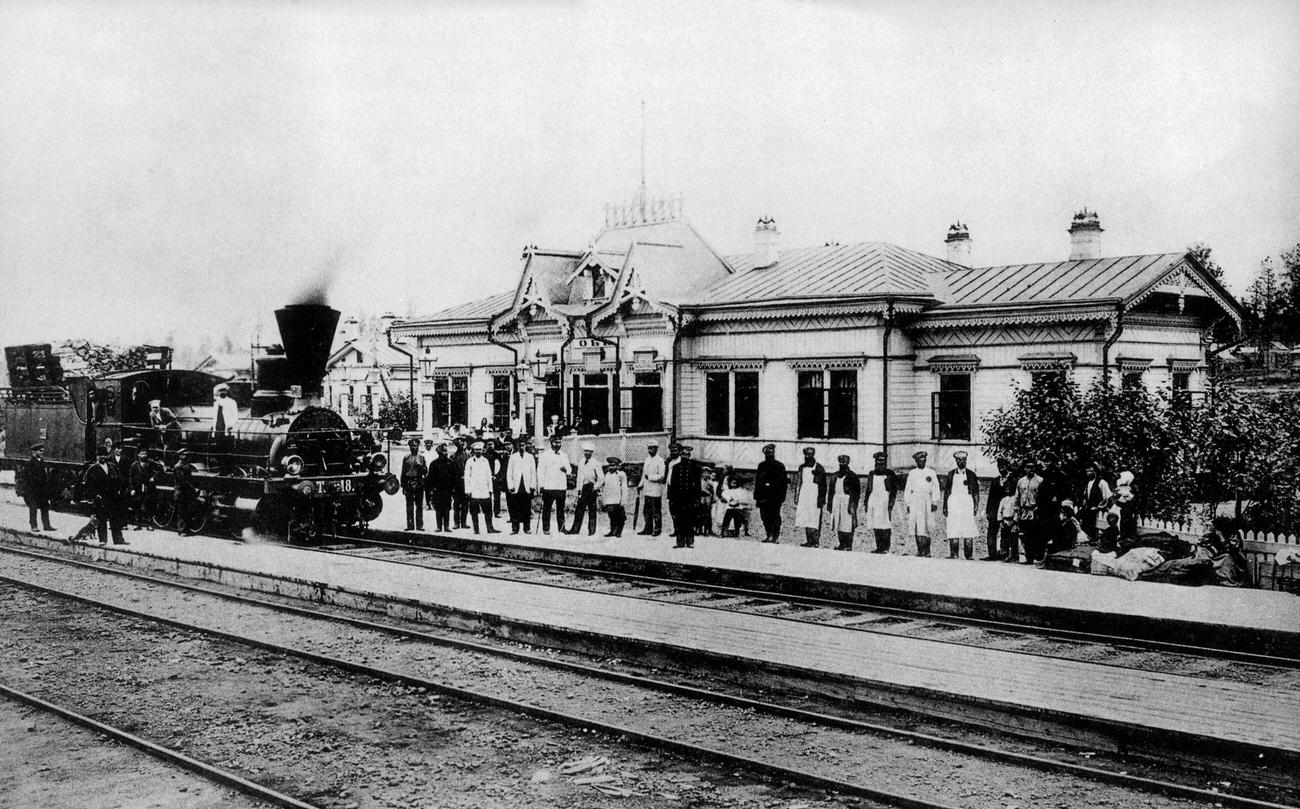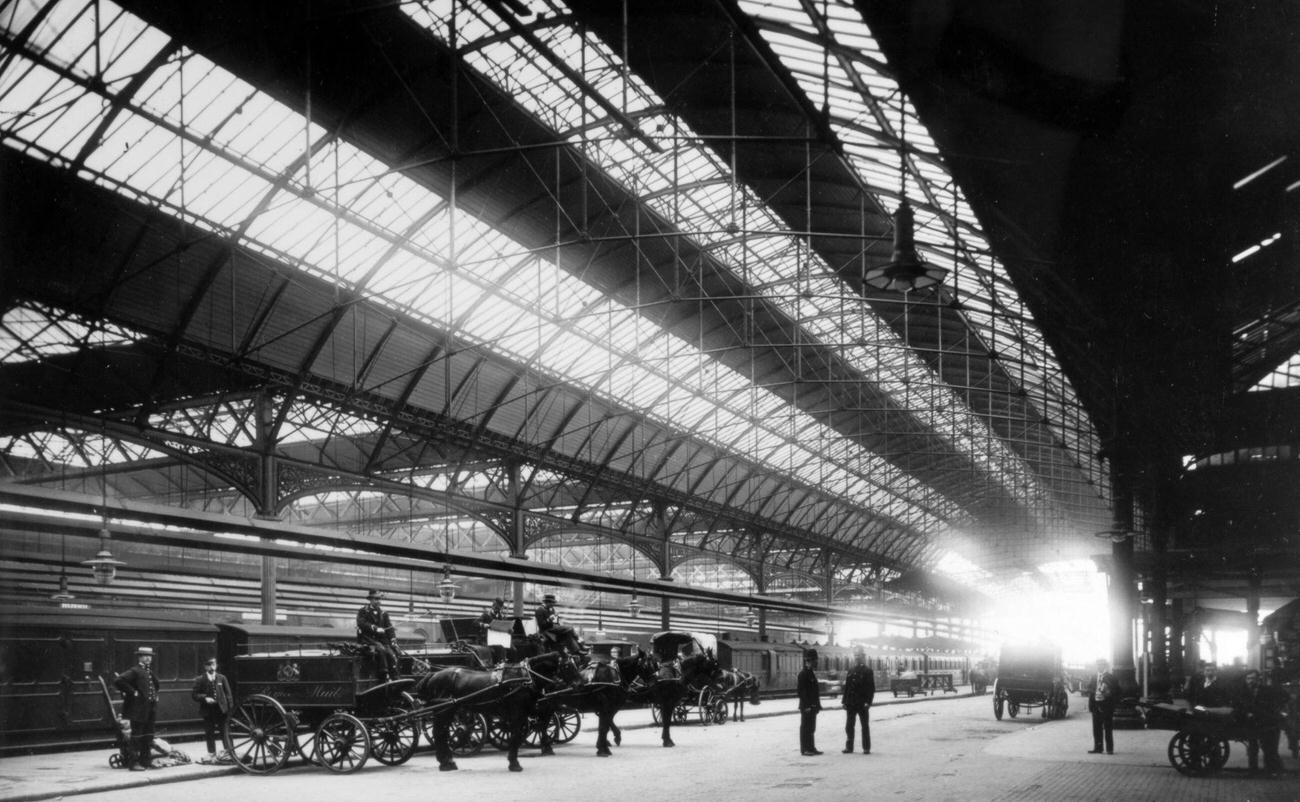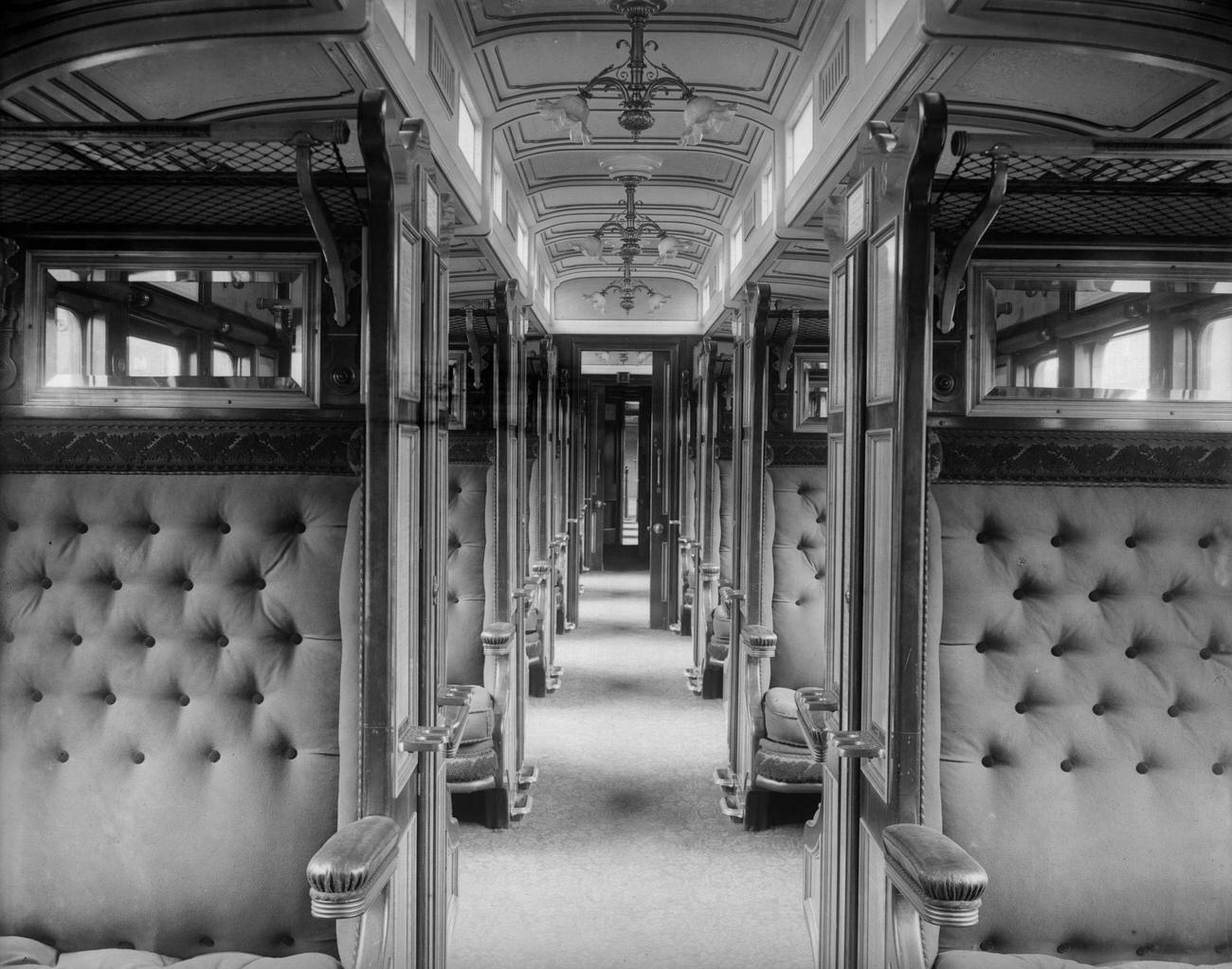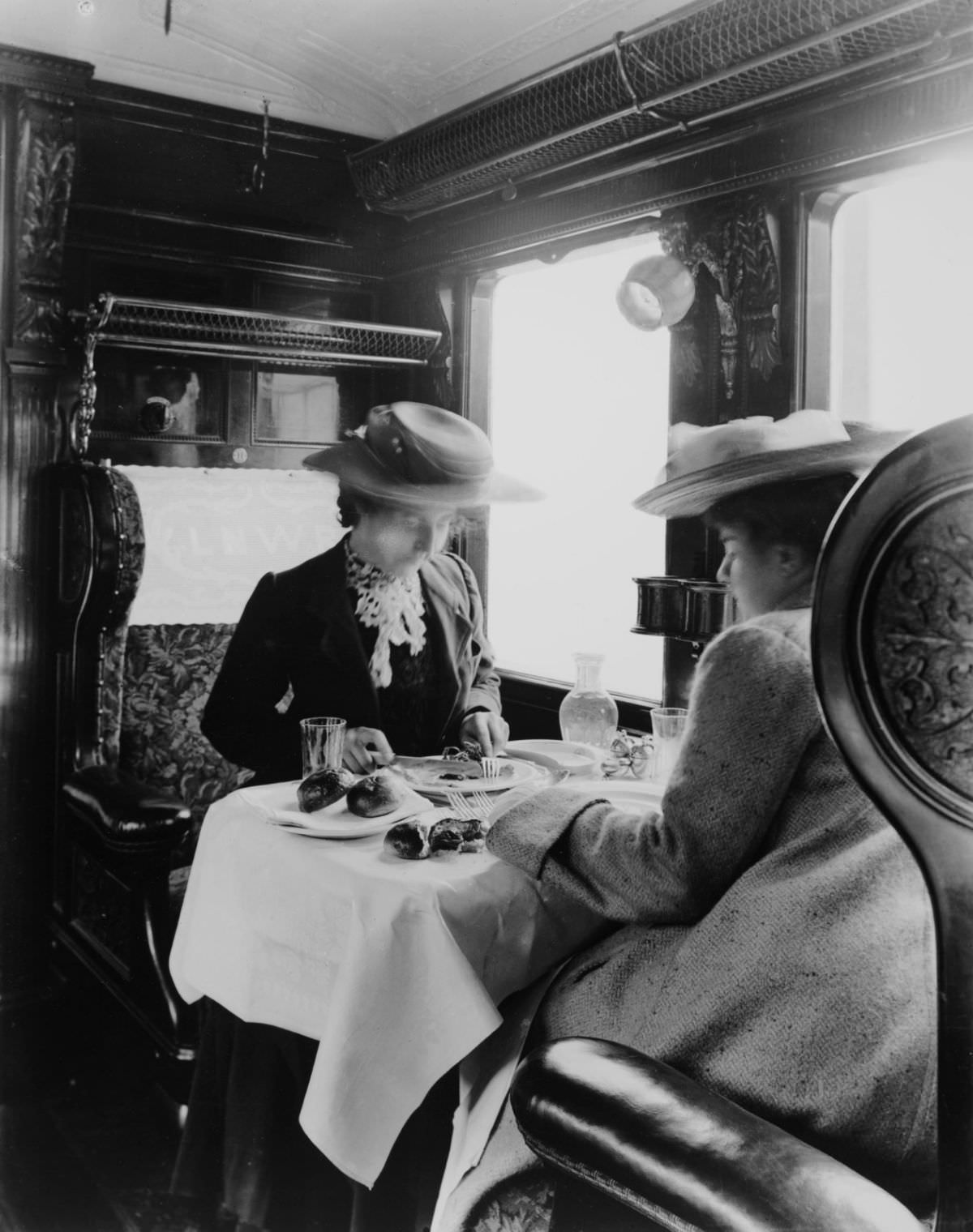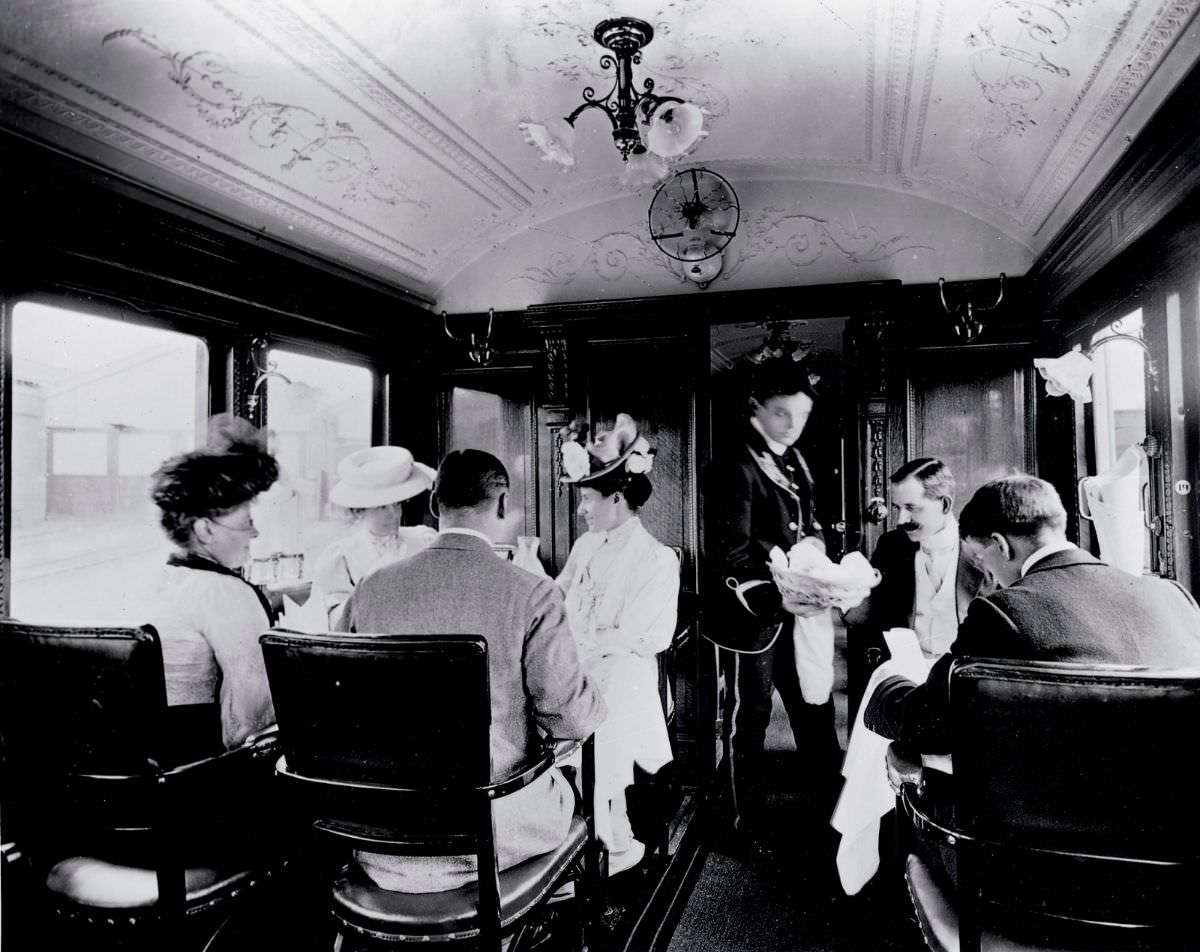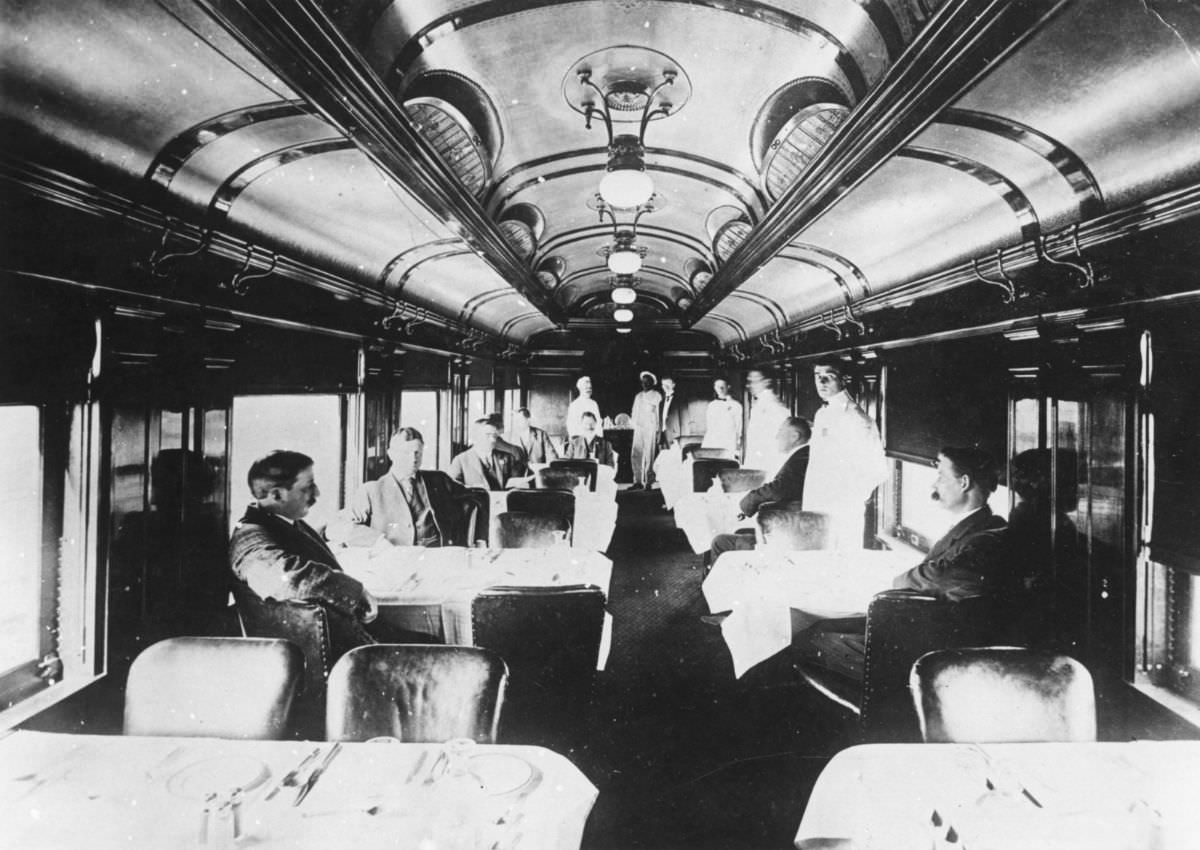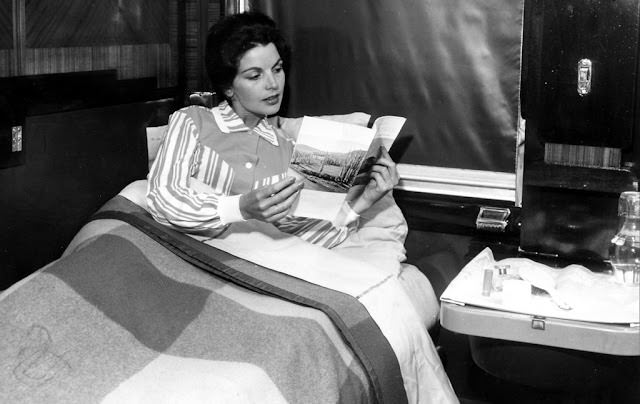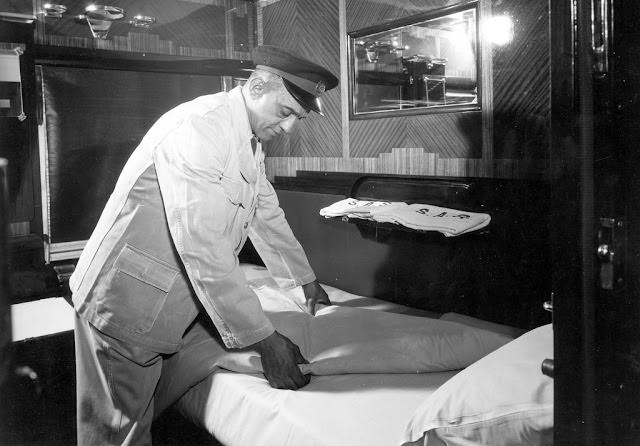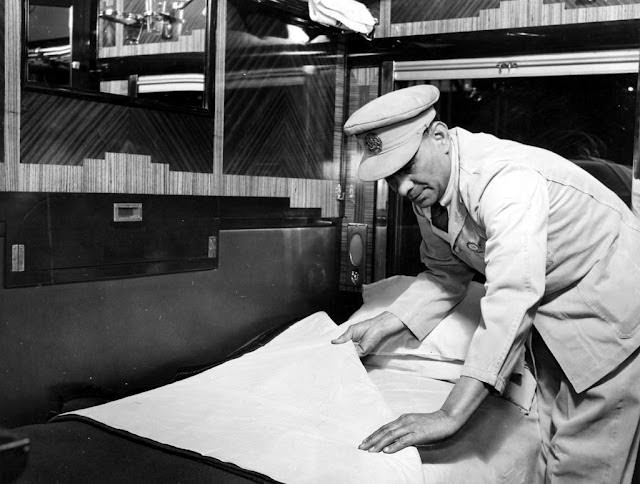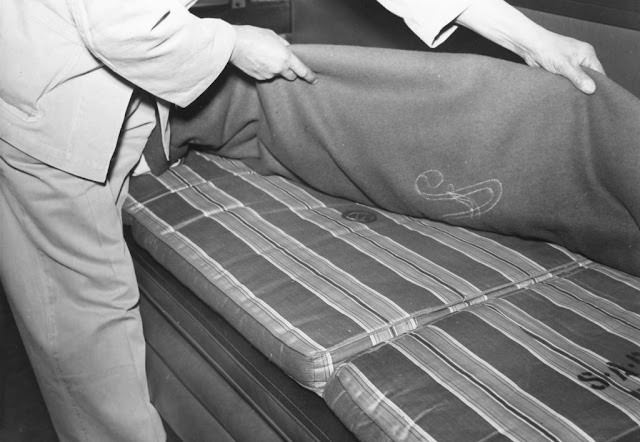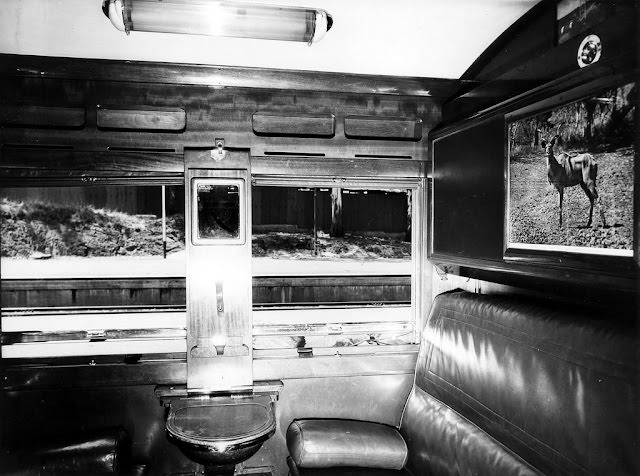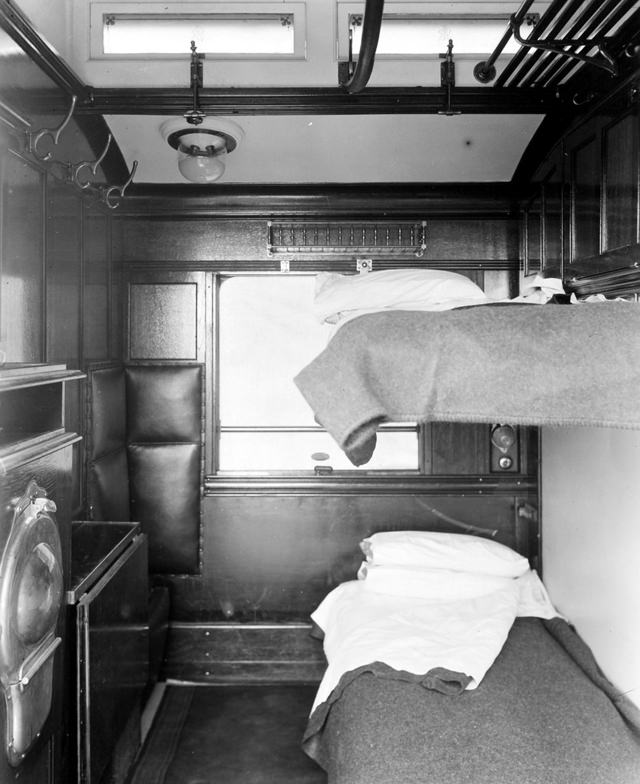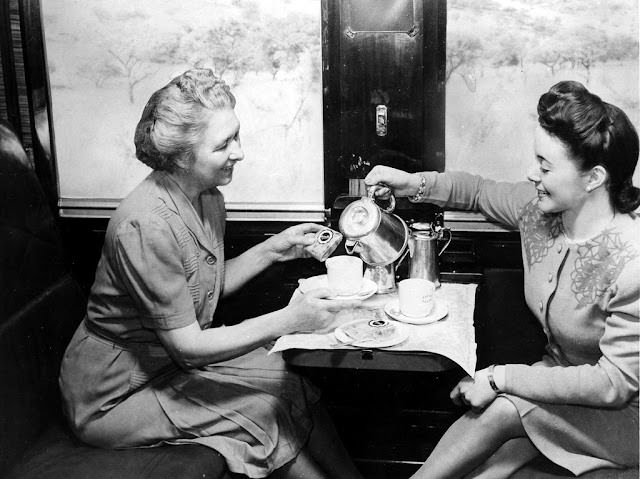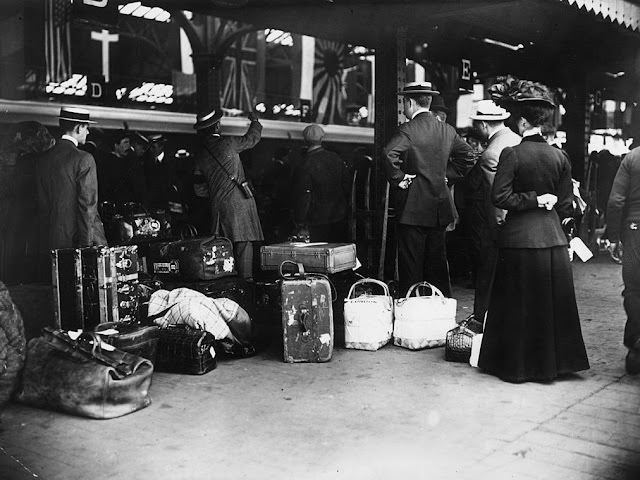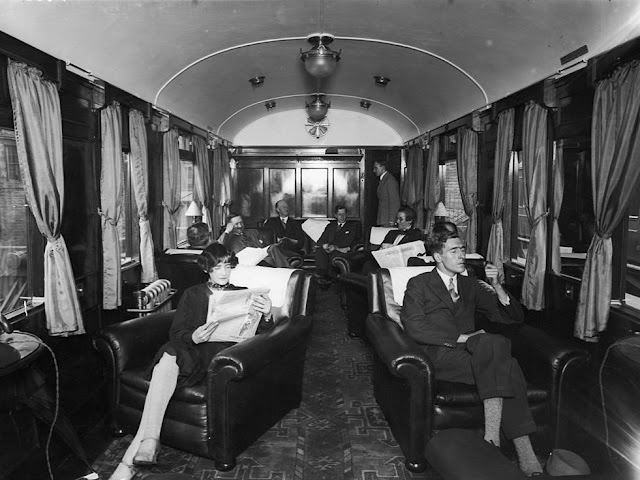In the early 1900s, train travel was the primary mode of long-distance transportation in the United States and Europe. Trains were powered by steam engines and were made up of a series of connected rail cars. Passengers would board the train at a railway station and travel to their destination, often stopping at various stations along the way.
The trains themselves were often quite luxurious, with sleeping cars that had private compartments, dining cars where passengers could enjoy meals, and observation cars where people could sit and watch the scenery go by. The trains were also equipped with amenities such as heating and lighting, which was a significant improvement over previous forms of transportation.
The experience of train travel in the early 1900s was quite different from what it is today. Train travel was considered a luxury, and many people dressed up in formal attire when they traveled by train. The trains were also slower than they are today, and the journey could take several days to complete. However, the trains provided a level of comfort and convenience that was not available with other forms of transportation at the time.
It was also common for trains to have separate cars for different classes of passengers. First-class passengers would have the most luxurious accommodations, while second and third-class passengers would have more basic accommodations.


